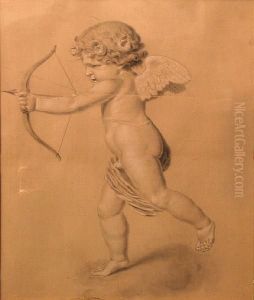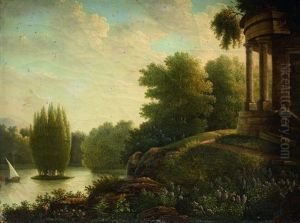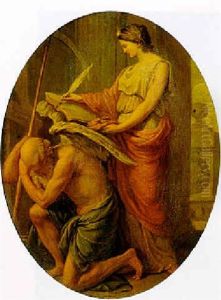Antoine Honore Louis Boizot Paintings
Antoine Honoré Louis Boizot was a French sculptor and artist whose work is associated with the neoclassical style that was predominant during the late 18th century. He was born on November 10, 1743, in Paris, France, into a family with artistic connections; his father, Antoine Boizot, was a designer at the Gobelins Manufactory, which produced tapestries for the crown.
Boizot was admitted to the Royal Academy of Painting and Sculpture in Paris at the young age of seventeen and later won the prestigious Prix de Rome in 1762, which allowed him to study at the French Academy in Rome from 1765 to 1769. During his time in Rome, he was exposed to classical antiquity and the Renaissance masters, which greatly influenced his artistic development.
Upon his return to France, Boizot began receiving commissions, including works for the royal family and the government. He became known for his decorative sculptures, relief panels, and figures, which were often characterized by graceful lines and delicate modeling. His style reflected the transition from the Rococo to the Neoclassical and was marked by an adherence to classical ideals of beauty and harmony.
Boizot was appointed as a professor at the Academy and later became the head of the sculpture studio at the Sèvres Porcelain Manufactory, where he contributed numerous designs for porcelain figures and decorative objects that were highly prized by collectors. His work at Sèvres played a significant role in the development of the Neoclassical style in porcelain.
Despite his success, Boizot's career was affected by the turbulent times of the French Revolution. The changing political and social landscape led to a decline in traditional patronage, and Boizot, like many artists of his time, had to navigate these shifts. Nevertheless, he continued to produce work until his death on May 1, 1809, in Paris. His legacy lives on through his sculptures and decorative arts, which can be seen in museums and collections around the world, commemorating his contributions to the Neoclassical movement.


